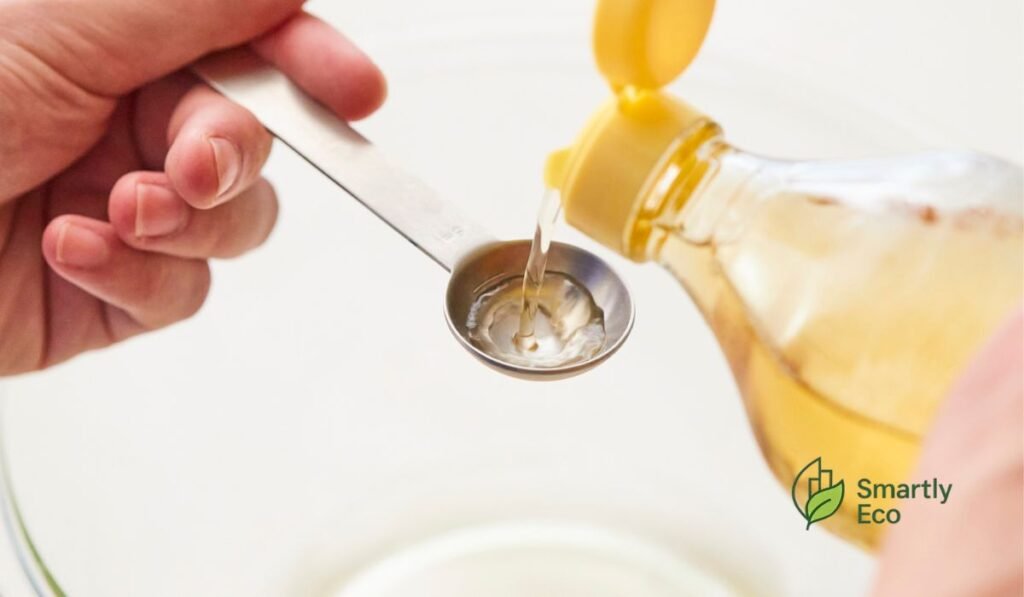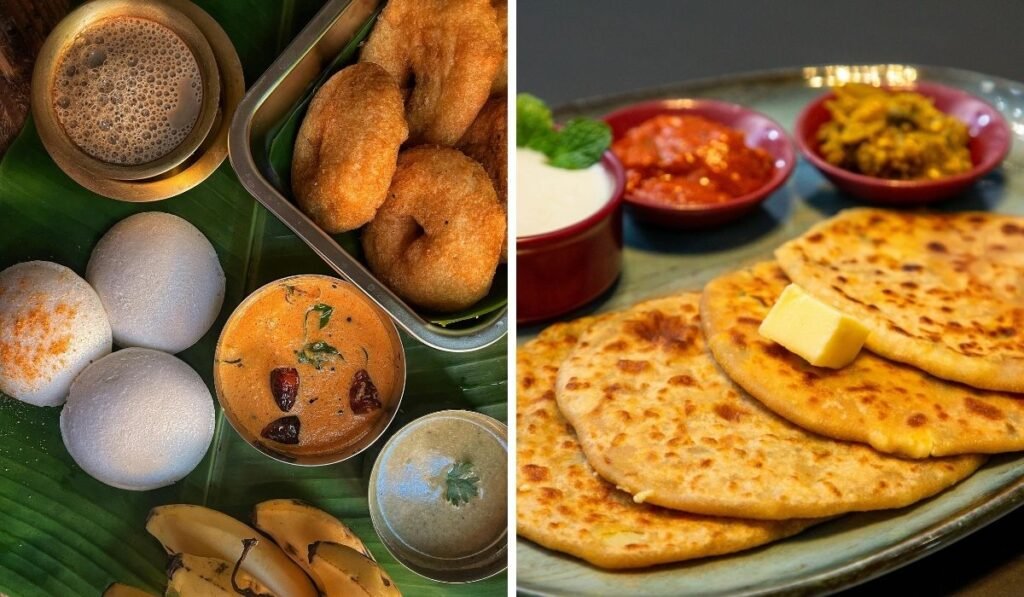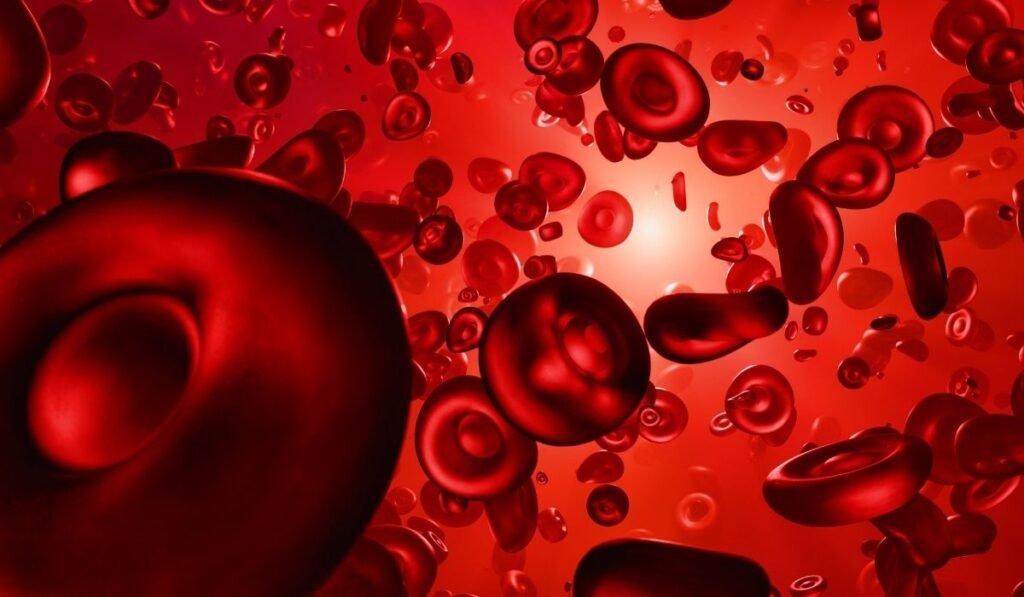Why What We Cook In Matters More Than We Think
If there’s one thing that defines Indian kitchens, it’s tadka. That sizzle of spices in hot oil can make or break the flavor of a dish. Yet, have you ever paused to ask yourself: what exactly is this oil doing to my body every single day?
Most of us don’t. We grew up watching our parents pour refined sunflower or soybean oil into the pan, and we never questioned it. After all, if it’s on supermarket shelves with a “heart healthy” tag, it must be safe… right?
Wrong! Let’s unpack the truth.
The Dark Side of Refined Oils
Here’s the bitter pill: over 60% of Indian households use refined oils daily. They sound “modern” and “clean” but in reality, they’re stripped of everything good.
Refined oils go through a harsh process:
- Heated at 200°C or more
- Treated with chemical solvents like hexane
- Bleached to remove color
- Deodorized to remove natural smell
What remains is a lifeless, nutrition-less liquid. Vitamins? Gone. Antioxidants? Destroyed. Natural fatty acids? Transformed into dangerous trans fats linked to heart disease, diabetes, and even cancer.
So, next time you see “Refined Sunflower Oil” or “Refined Soybean Oil” — imagine drinking a lab chemical, not real food.
The Olive Oil Hype: Does It Really Work for Indians?
Walk into any supermarket today, and you’ll see olive oil bottles lined up like trophies. Influencers rave about it. Doctors abroad recommend it. And yes, extra virgin olive oil is one of the healthiest fats in the world — when used right.
But here’s the catch:
- Cost: At ₹1,200+ per liter, it’s impractical for daily cooking in most Indian homes.
- Adulteration: Reports show up to 24% of olive oils are adulterated with cheaper oils.
- Taste mismatch: Honestly, would you enjoy an aloo paratha fried in olive oil? Nope.
Olive oil shines in salads, pasta, or Mediterranean food. But for Indian curries, deep-fried pakoras, and tadkas, it feels out of place.
So, What Are the Best Oils for Indian Cooking?
Thankfully, our ancestors figured this out centuries ago. Every Indian region had its own traditional oil — not by accident, but because it suited the local climate, crops, and cuisine.
Here are the heroes we need to bring back:
1. 🥥 Coconut Oil (Nariyal Tel)
- Best for: Kerala, Tamil Nadu, coastal cuisine
- Why: Rich in medium-chain fatty acids (MCFAs) that boost metabolism and brain health.
- Myth busted: Yes, it’s high in saturated fat — but the right kind. Studies show it actually improves good cholesterol (HDL).
No wonder people in Kerala, who cook daily in coconut oil, have some of the lowest heart disease rates in India.
2. 🌿 Mustard Oil (Sarson Ka Tel)
- Best for: North & East India (Punjab, Bengal, Bihar)
- Why: Contains natural omega-3 fatty acids, balances cholesterol, and has anti-inflammatory properties.
- Bonus: Its strong flavor is unbeatable for machhli curry, aloo bharta, or even pickles.
Fun fact: Despite western bans due to outdated lab rat studies, India’s AIIMS Delhi found mustard oil to be healthier than olive oil for the heart.
3. 🌱 Groundnut Oil (Mungfali Tel)
- Best for: Gujarat, Maharashtra, Central India
- Why: Stable at high heat, rich in monounsaturated fats. Perfect for frying bhajiyas or making theplas.
- Tip: Always choose kacchi ghani (cold-pressed) versions, not refined ones.
4. 🌻 Sesame Oil (Til Ka Tel)
- Best for: Andhra Pradesh, Tamil Nadu, Rajasthan
- Why: Ancient Ayurveda calls it the “Queen of Oils.” High in antioxidants, calcium, and natural vitamin E.
- Uses: Beyond cooking, it’s great for oil pulling and body massage (abhyanga).
5. 🧈 Desi Ghee
- Best for: Literally everyone, everywhere.
- Why: Rich in butyrate (a fatty acid that heals the gut), vitamins A, D, E, and K.
- Unique: Unlike other oils, ghee can be reused for frying. That’s why grandma’s pooris in ghee were both delicious and digestible.
Western nutritionists now call it “clarified butter” and sell it as a premium superfood. Funny, right? What our ancestors valued for centuries, the world is only catching up to.
Habit Building: How to Transition to Healthier Oils in Daily Life
Switching oils sounds easy on paper but feels overwhelming in urban life. Here’s a realistic step-by-step approach:
- Audit your kitchen: Open your oil cabinet. If you see bottles labeled “refined” — sunflower, soybean, rice bran — put them aside.
- Start small: Replace just one meal a day with traditional oils. Example: Use mustard oil for your evening sabzi.
- Rotate oils: Don’t stick to one. Ayurveda recommends rotating oils for balanced nutrition.
- Use the right oil for the right dish: Coconut oil for South Indian curries, sesame oil for pickles, groundnut oil for snacks.
- Educate your family: Resistance is natural (“but refined oil looks so clean!”). Share the science gently. Maybe show them how coconut oil still carries a natural aroma while refined is just… dead.
Habits don’t change overnight. But in a month, you’ll notice your body feels lighter, digestion smoother, and energy more stable.
FAQs
Q1. Why are refined oils harmful for health?
Refined oils are heated at very high temperatures, bleached, and deodorized, which destroys vitamins and antioxidants. This process also creates harmful trans fats linked to heart disease, diabetes, and obesity.
Q2. Is olive oil good for Indian cooking?
Olive oil is healthy for salads and Mediterranean food, but it doesn’t suit Indian cooking methods like tadkas, curries, or deep-frying. It’s also expensive and often adulterated in India, making traditional oils a better choice.
Q3. Which is the healthiest oil for Indian cooking?
The healthiest options are traditional cold-pressed oils such as coconut oil (South India), mustard oil (North & East India), groundnut oil (Western India), sesame oil (Rajasthan, Andhra, Tamil Nadu), and desi ghee across all regions.
Q4. Is mustard oil safe for daily use?
Yes, mustard oil is safe and highly beneficial. It contains omega-3 fatty acids, reduces cholesterol, and adds flavor to Indian dishes. Studies by AIIMS Delhi show mustard oil is even better for the heart than olive oil.
Q5. Can ghee replace cooking oils completely?
Ghee is excellent for digestion, immunity, and frying, but it shouldn’t be the only fat source. For balance, combine ghee with regional oils like mustard, sesame, or coconut oil depending on your cuisine.
Q6. How do I transition from refined oils to healthier options?
Start small—replace one daily meal with cold-pressed oils. Rotate oils based on dishes: coconut oil for curries, groundnut for frying, mustard for sabzis, sesame for pickles, and ghee for chapatis or poori.
🥘 Final Thoughts: Cooking Oil is Not Just Oil
In India, food isn’t just about filling the stomach — it’s about culture, memory, and health passed down through generations. Yet somewhere in the last few decades, we traded the wisdom of mustard, coconut, groundnut, and ghee for shiny bottles of “refined” oil that promised health but delivered problems.
The truth is simple: what you cook in daily matters more than you think. Switching back to traditional oils won’t feel like a big dramatic change at first, but over weeks and months, you’ll notice the difference — lighter digestion, fewer acidity issues, more energy, and even stronger immunity.
So the next time you stand in your kitchen with a pan in one hand and a bottle of oil in the other, remember: this single choice could shape your family’s long-term health. Don’t look at oil as just a cooking medium — see it as your first step towards preventive healthcare.
👉 Bring back the oils that our grandmothers trusted. Pair them with mindful eating and simple cooking. Small choices today will keep your family healthier tomorrow.
Choose wisely. Cook consciously. Live sustainably.
Nikita Palesha is a wellness advocate and eco-conscious writer who shares simple, sustainable tips for everyday living. She’s passionate about mindful choices that support a healthier planet and a balanced lifestyle.




